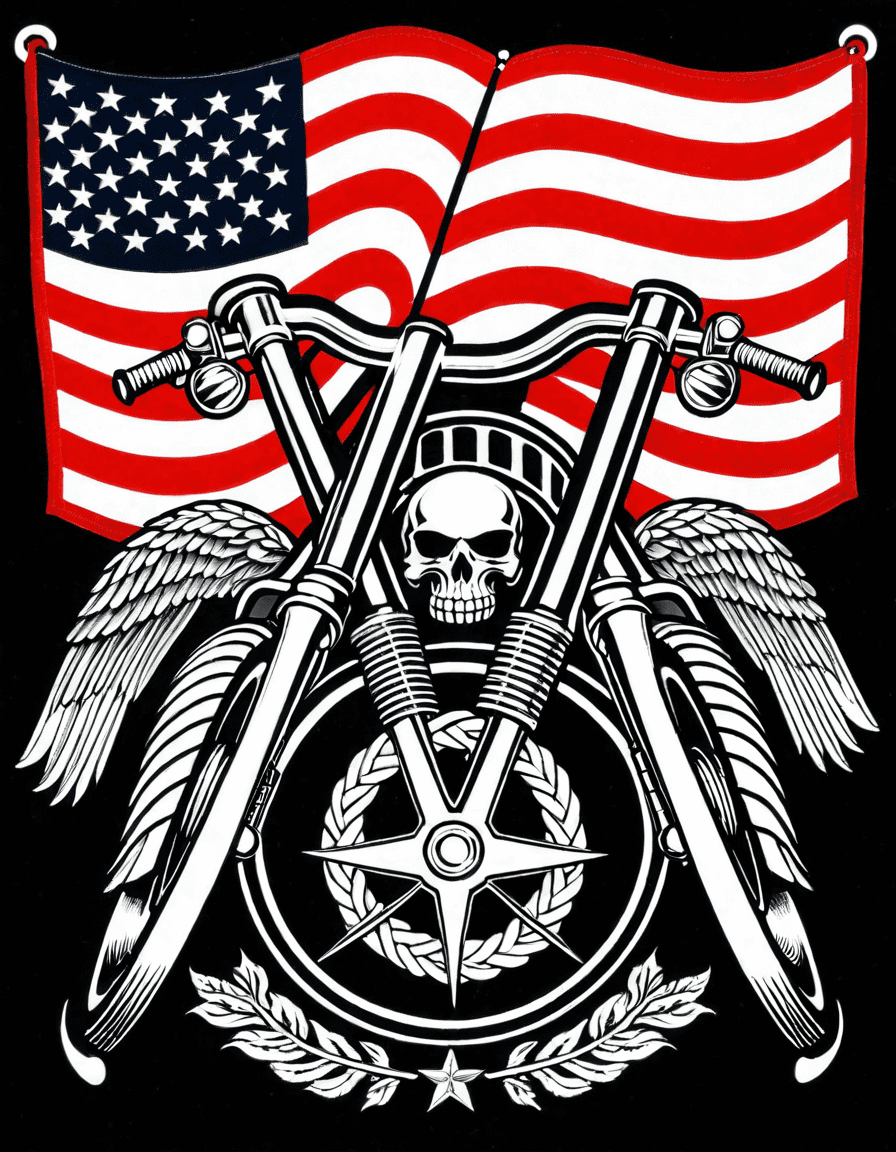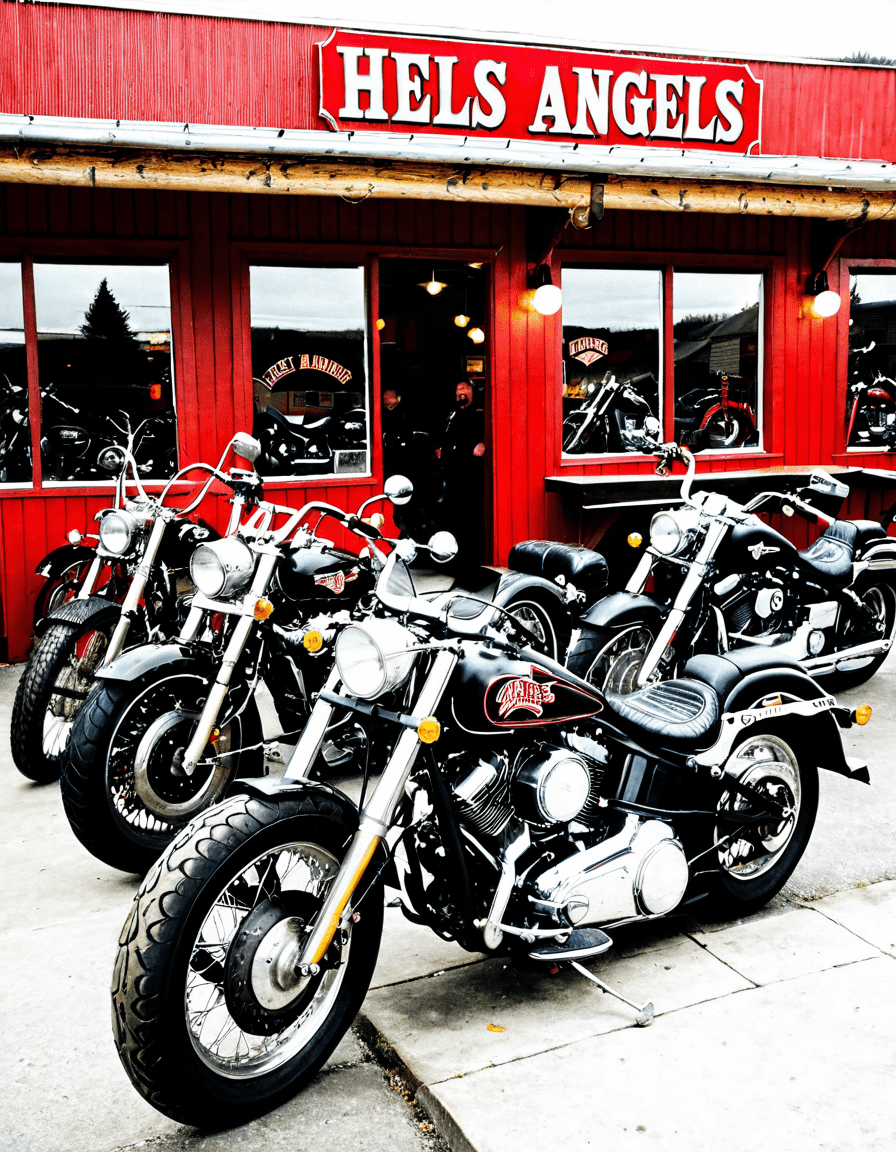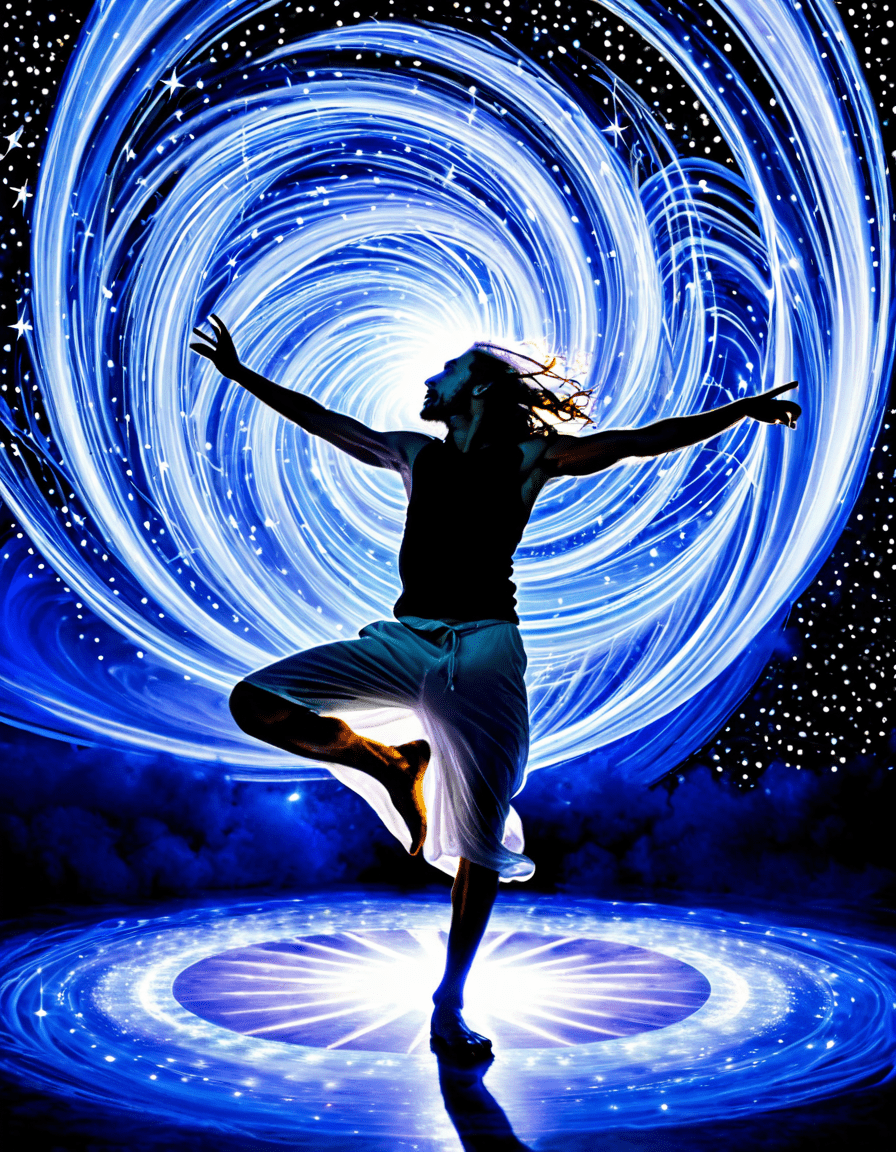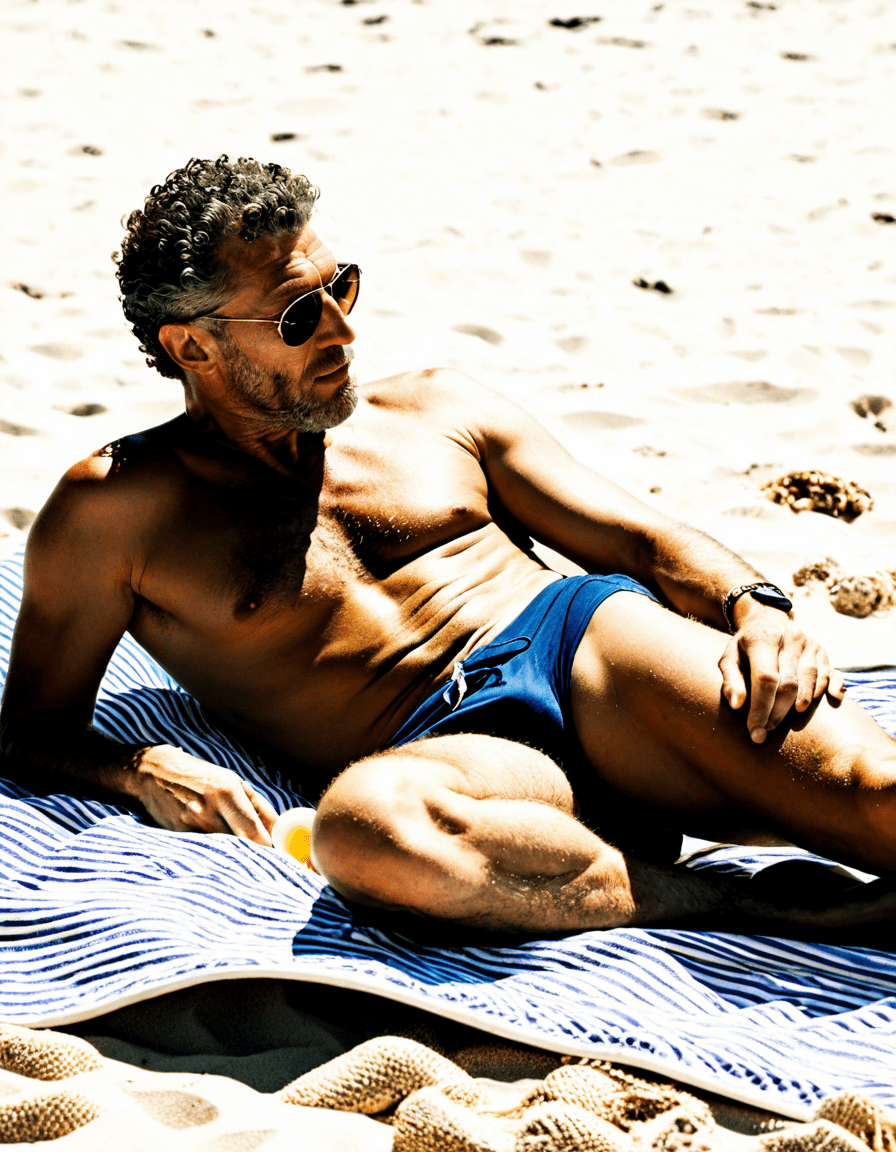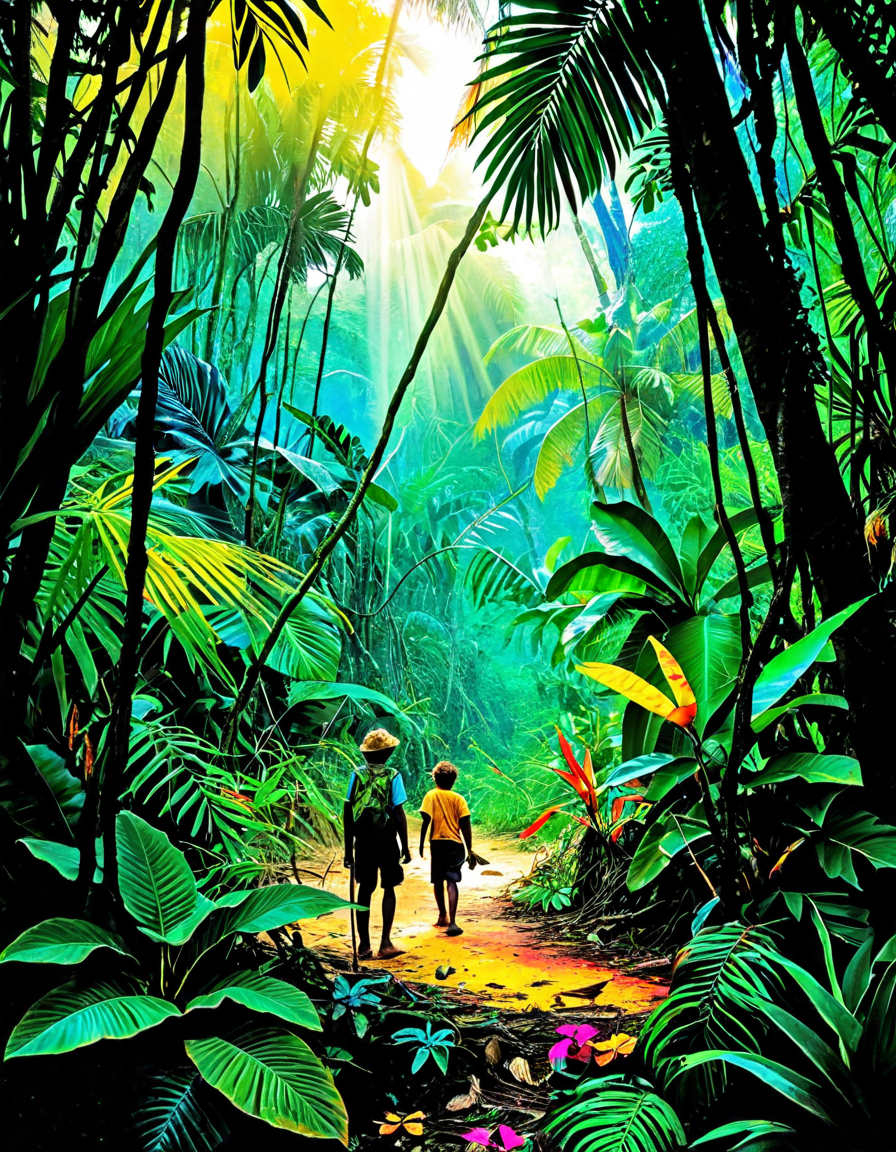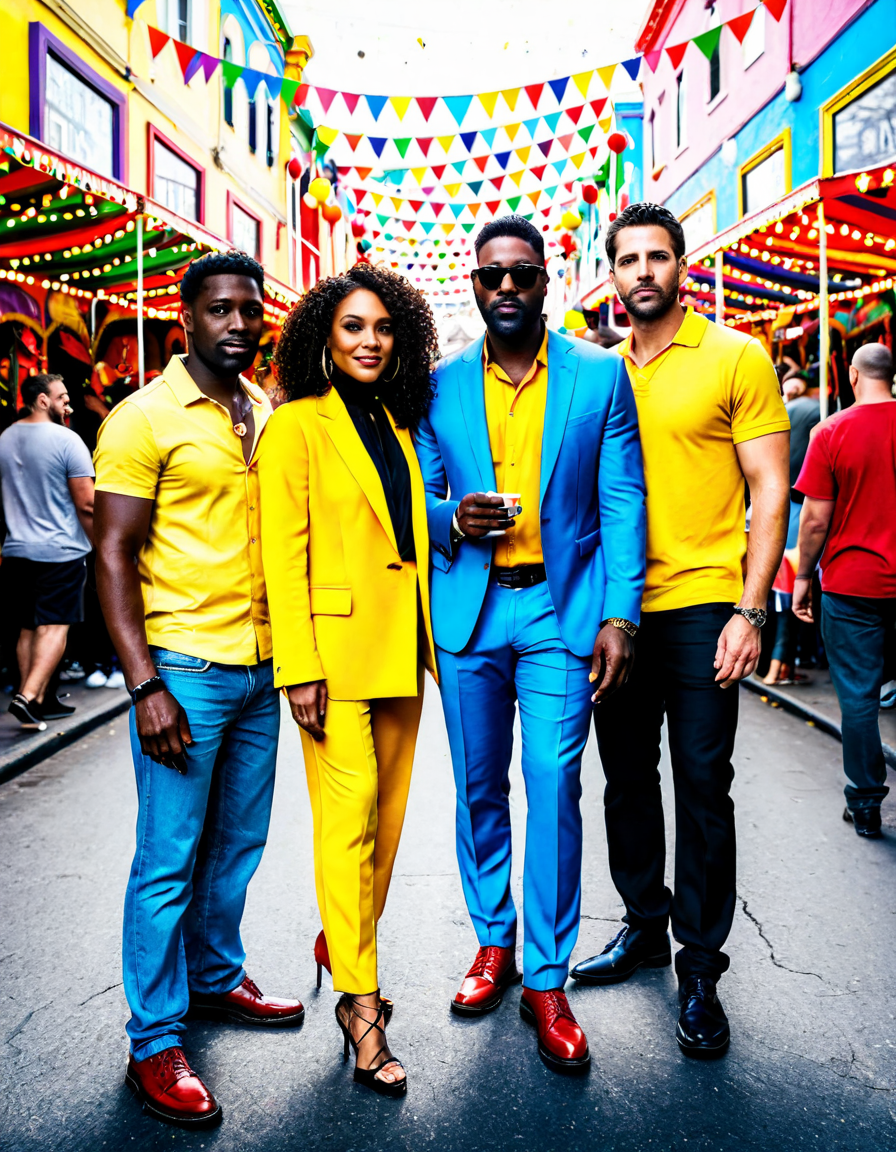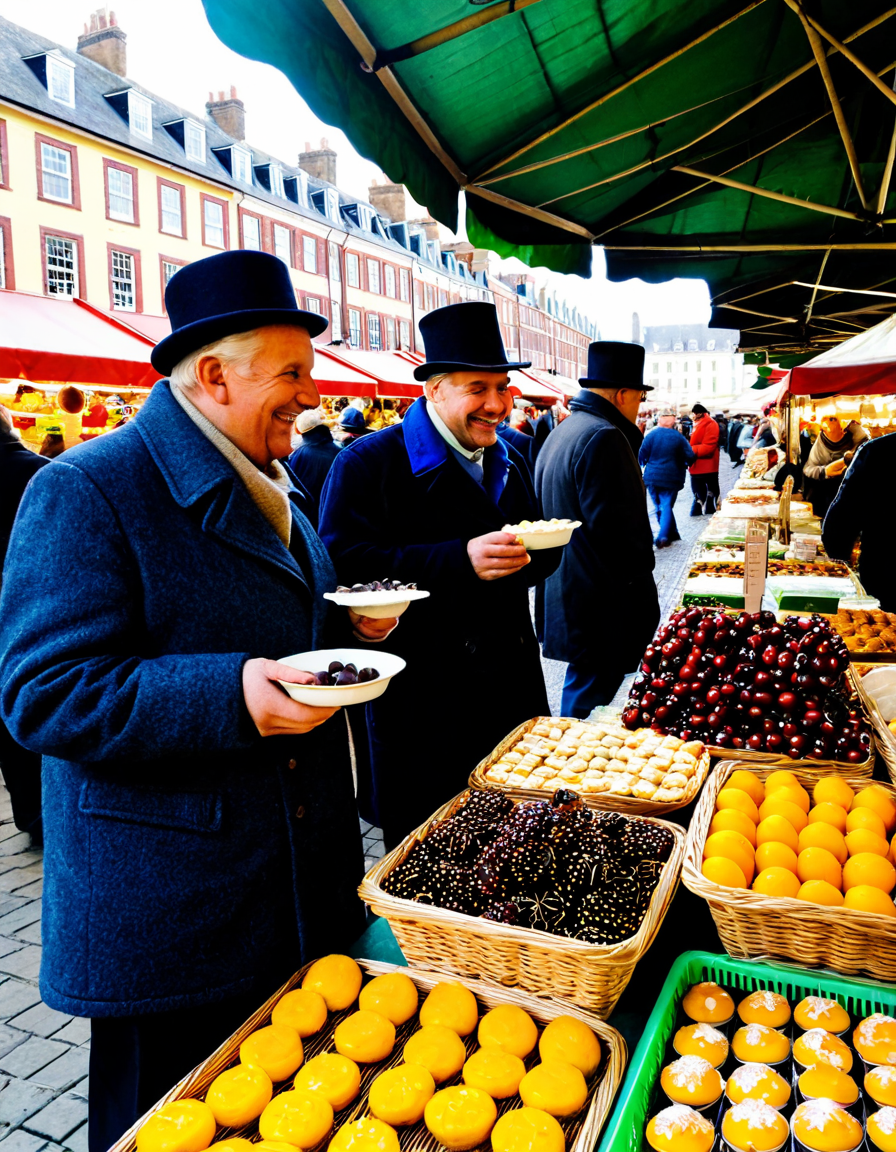The Hells Angels Motorcycle Club (HAMC) is synonymous with rebellion and brotherhood, carving a legacy that stretches back to 1948. This iconic club emerged in the aftermath of World War II, during a time when many veterans were searching for purpose and identity amid the socio-political upheaval of post-war America. From its humble beginnings in California, the Hells Angels expanded their reach across the globe, forming chapters that encapsulate their unique culture, which celebrates freedom and camaraderie.
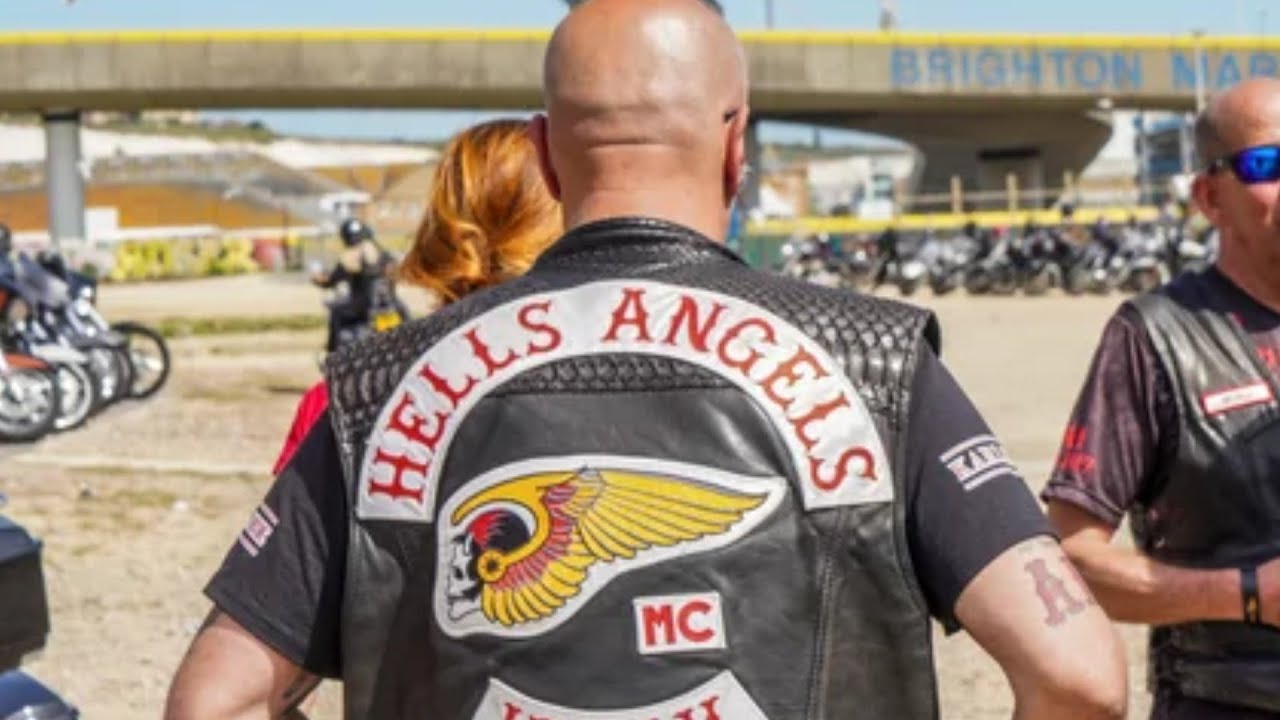
Understanding the Hells Angels: Origins and Formation
Historical Background
So, how did it all begin? The Hells Angels Motorcycle Club was founded in the aftermath of WWII, a time filled with social unrest and a desire for independence among many veterans. The burgeoning motorcycle culture offered a new sense of belonging and adventure for those returning from the battlefield. The club’s early days were rooted in the ideals of freedom, exploring the open road while cementing lifelong bonds.
Key Figures
One pivotal member was Ralph “Sonny” Barger, who wasn’t just a leader; he was the very embodiment of Hells Angels culture. Barger helped shape the identity and philosophy of the club, steering it toward its current image—one that straddles a fine line between brotherhood and outlaw. His influence on the club extended into the way members treated each other, their dedication to the road, and their often polarized public image.
Geographical Spread
Beginning in California, the Hells Angels didn’t just stay in the sunny state—they took their unique brand of motorcycle culture globally. From Canada to Europe, they’ve established a presence that is both intimidating and respected. Today, the Hells Angels boast chapters in over 50 countries, showcasing a community that spans the globe, showcasing a sense of loyalty and belonging that resonates in every ride.

The Hells Angels Influence: Top 5 Cultural Milestones
The Hells Angels have made notable appearances in various films and TV shows, notably “Hell’s Angels on Wheels” and “Sons of Anarchy.” These portrayals created a captivating mythology, often glamorizing the outlaw lifestyle while dichotomously fueling fears about motorcycle gangs.
Their connection to rock music is legendary, particularly the infamous Altamont Free Concert featuring The Rolling Stones. This event became a symbol of the turbulent 1960s, intertwined with the promise of peace and the reality of chaos, marking a pivotal moment in Hells Angels history.
The Hells Angels are well-known for their iconic leather jackets adorned with patches. This rugged style inspired brands like Harley-Davidson, permeating mainstream fashion. From high-end lines to street wear, the Hells Angels have influenced a fashion movement that likes to risk it all for a one-of-a-kind aesthetic.
The ‘Death’s Head’ emblem is perhaps the most recognized symbol representing the Hells Angels. This graphic hasn’t just been relegated to motorcycle culture; it has found its way into galleries and inspired contemporary artists, asserting its place in the landscape of modern art.
Many are surprised to learn that Hells Angels chapters engage in charitable initiatives. These acts often counter the narrative of violence, showcasing a side of the club that supports communities and participates in humanitarian efforts. They’ve often stood by their local communities during hard times, fostering goodwill where it’s least expected.
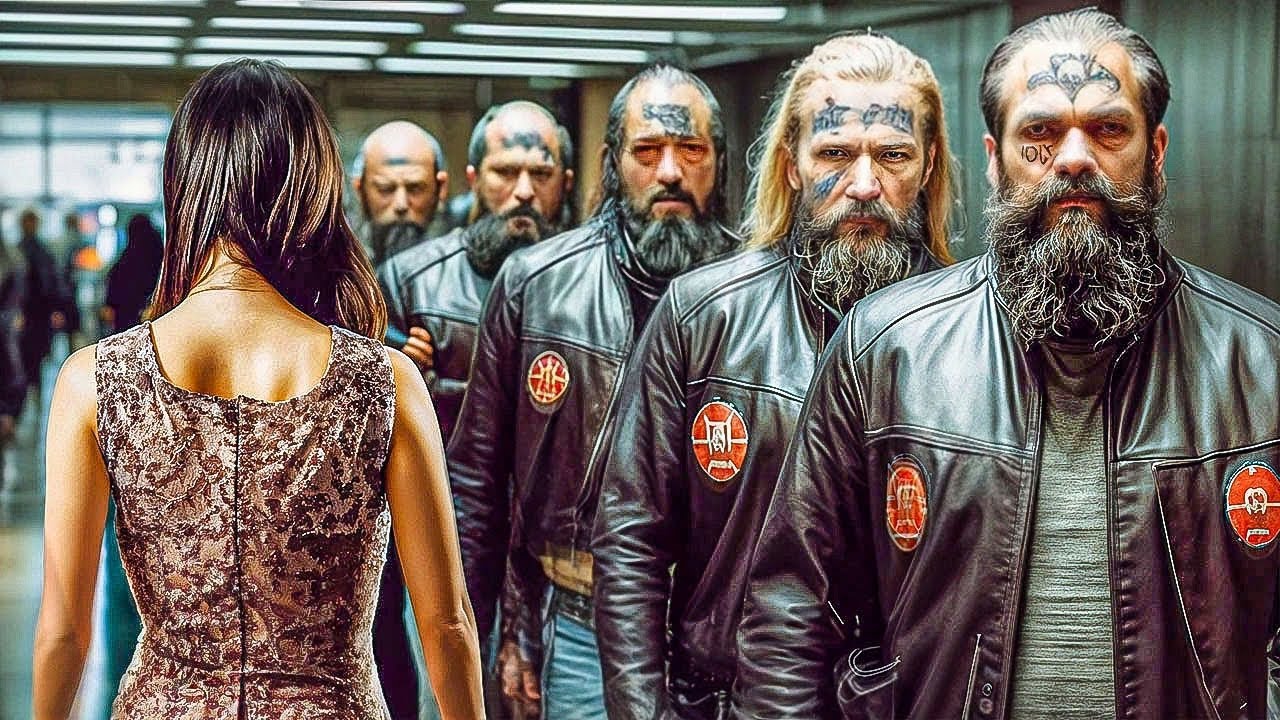
Beyond Hells Kitchen: The Complex Image of the Hells Angels
Media Narratives vs. Reality
There’s a commonly held misconception regarding the Hells Angels; many media narratives paint them as one-dimensional criminals. However, dig a little deeper, and you’ll uncover stories of loyalty, brotherhood, and community dynamics that contradict mainstream portrayals. The complexities of their identity often remain unacknowledged in sensational narratives.
Internal Culture
At the heart of the Hells Angels lies a robust code of ethics and ritual. Members share values that revolve around loyalty, respect, and a sense of family. While outsiders may view them with suspicion, those who know the club understand that their internal culture provides an unbreakable bond—a true brotherhood that transcends their rugged exterior.
Legal Challenges
The Hells Angels have faced numerous legal challenges throughout their history, reflecting the constant scrutiny they’ve endured. These situations have shaped the club’s operations, proving that survival often means learning how to navigate both the law and public perception. The complexity of their existence reveals a stark reality; they are continually balancing their pursuit of freedom with the societal pressures that come with their notoriety.

Hells Paradise: The Allure of Membership
Recruitment Practices
So, what drives people to become Hells Angels? Many members are drawn to the sense of belonging and purpose that being part of a club provides. The allure of the open road, combined with the thrill of adventure and a strong community, creates a potent mix that captures the hearts of individuals seeking something beyond the mundane.
Life as a Member
Life as a member of the Hells Angels is filled with responsibilities and camaraderie. Members often ride together, sharing experiences that strengthen their bonds. The lifestyle isn’t just about motorcycles; it’s about loyalty and cultivating relationships that last a lifetime, growing as individuals while contributing to a greater cause.
Women’s Role
Women in the Hells Angels have evolved tremendously over the years. No longer simply referred to as “Old Ladies,” women have begun to take on more prominent and active roles within the club. Figures like “Madame X,” who wrote about her experiences, highlight the changing dynamics in what was once a male-dominated space. Their contributions challenge stereotypes and showcase the diverse landscape of the Hells Angels.

The Hells Angels and The Evolution of Motorcycle Clubs
Comparative Analysis with Other Clubs
How do the Hells Angels stack up against other motorcycle clubs like the Outlaws or Bandidos? While these organizations share a love for freedom and the open road, their internal cultures, operations, and public images can vary widely. This distinction helps clarify the unique culture of the Hells Angels, setting them apart from other groups.
Impact on Global Motorcycle Culture
The influence of the Hells Angels extends far beyond their club. They’ve shaped modern perceptions of motorcycle culture, inspiring countless individuals and clubs worldwide. Their identity has trickled down through a variety of forms, from merchandise to lifestyle choices, solidifying their importance as a cultural phenomenon.
Reflections on Hells Angels Legacy: A Lasting Impact
Influence on Contemporary Culture
The legacy of the Hells Angels resonates well beyond the motorcycle scene, affecting contemporary culture itself. Their themes of rebellion and community have found themselves woven into the broader societal fabric—appearing in everything from fashion to music. Each thread tells a story of freedom, identity, and making a mark on the world.
Personal Stories from Involved Members
Personal anecdotes from former members provide insight into a world often misunderstood. As they reflect on their journeys, you realize that many joined seeking purpose and found it in family ties forged by experiences on the road. These narratives expose the emotional impact of their choices and the complex interconnections within the Hells Angels.
Cultural Misunderstandings
Common misunderstandings often overshadow the rich culture of the Hells Angels. While they may evoke fear and admiration, the complexity beneath their image deserves recognition. Challenging these stereotypes opens the door to a deeper appreciation of their culture, recognizing that their story isn’t just about rebellion but also about humanity and community.
Embracing the Duality of Legacy and Culture
The legacy of the Hells Angels Motorcycle Club is one of contradictions: a symbol of rebellion against social norms, yet also a pillar of loyalty and community support. Their cultural contributions extend beyond leather and chrome into art, music, and communal identity, often clashing with mainstream perceptions. As we look towards the future, understanding this multifaceted legacy offers a richer narrative—one that invites appreciation for the complexities and humanity behind the notorious name.
The journey of the Hells Angels is a captivating blend of road warriors, community builders, and cultural icons. Their legacy invites travelers to explore not just the open road but the intriguing tapestry of human experience that defines this remarkable motorcycle club. Whether you’re cruising along iconic highways or delving into the Hells Angels’ contributions, one thing is for sure—it’s a wild ride worth discovering.
Hells Angels: A Ride Through History and Culture
The Origins and Evolution of the Hells Angels
Did you know the Hells Angels Motorcycle Club started off in California in 1948? Yup, these legendary bikers weren’t always the infamous group we know today. Initially formed as an offshoot of veterans returning from World War II, they rode to find camaraderie and adventure. They quickly earned a reputation for their rebellious spirit and love for freedom, much like the defenders at Fort Mchenry , Baltimore during the War of 1812, who showcased bravery in the face of adversity.
Over the decades, the Hells Angels expanded into a worldwide phenomenon. Their emblem, a winged skull, became a symbol of rebellion and has appeared in pop culture – sort of like the way Chris Jericho struts his stuff in wrestling, symbolizing defiance and charisma. From music to movies, their image has been both glorified and vilified, shining a spotlight on their complex identity.
Noteworthy Facts and Fun Trivia
Interestingly, the Hells Angels are notorious for their strict codes of conduct, which might seem surprising for a group associated with chaos. This branch of bikers has specific rules; for example, members must never disrespect the club’s name or each other. It’s similar to the loyalty found in groups like the Villagers in The Villages , Fl, where community and trust go hand in hand. Such discipline roots the club’s culture and helps maintain their fierce reputation.
And here’s a fun nugget – they often use merchandise to fund their operations, which is where brands like Bylt Clothing come into play, offering apparel that caters to the biker lifestyle. Moreover, many Hells Angels clubs flaunt custom motorcycles, each a representation of individuality and style. These customized rides are like collector’s items—akin to films like Murder on The Orient express, where every detail counts and shapes the narrative.
Hells Angels in Pop Culture
Ever wondered how far their cultural influence stretches? From Hollywood to rock music, the Hells Angels have made appearances alongside celebrities. Billy Bob Thornton even referenced them in interviews, making his connection to the club as intriguing as his personal life, including nuances about his spouse. People like filmmaker David Carradine have also been linked to them, highlighting their impact on the arts.
Moreover, if you’re ever curious about infamous rivalries, look no further than their notorious feud with the Outlaws and the Mongols, which has spawned countless stories, much like the thrilling narrative of a wrestling match featuring Rubio. With all that drama, it’s no wonder the Hells Angels remain a topic of debate, adoration, and fascination. Just as you can’t forget the excitement of Ikea Black Friday, their legacy is ingrained in contemporary culture, roaring loudly even amidst the noise.
